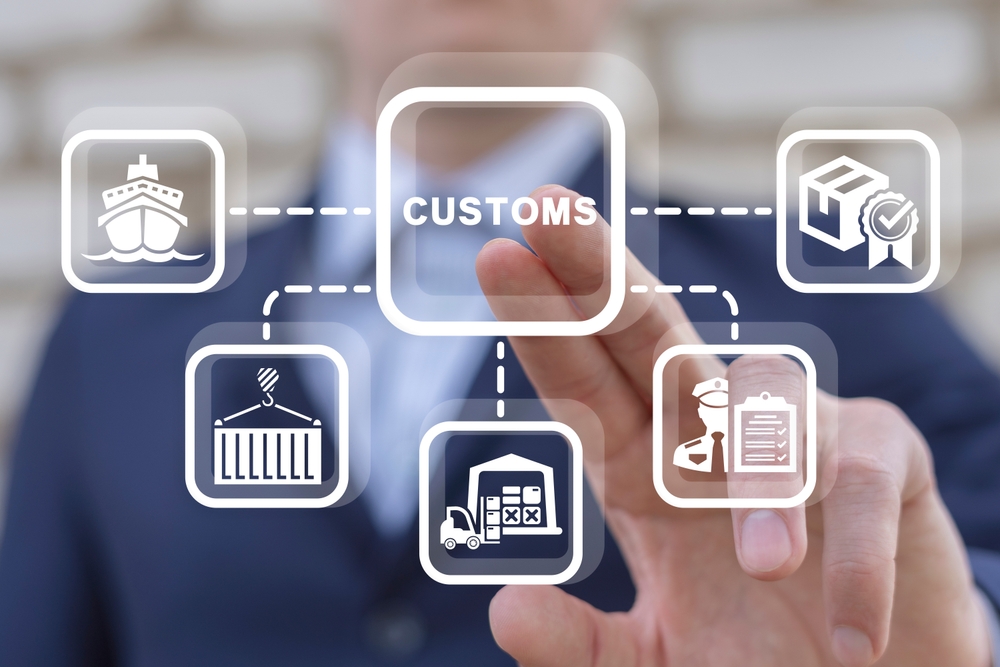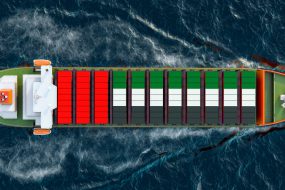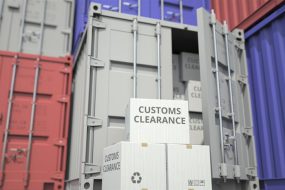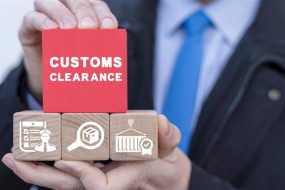The United States has recently announced significant tariff changes in August 2025, reshaping how businesses manage imports across key industries. These adjustments to U.S. import tariffs are designed to rebalance trade relationships and affect a wide range of goods entering the country.
For importers, understanding the revised tariff rates is critical to avoiding unexpected costs and ensuring compliance with customs regulations.
In this article, we break down the U.S. tariff changes 2025, outlining the most important updates and what new entry requirements importers must keep in mind. Whether you’re a small importer or a global shipper, understanding these updates will help you plan better and protect your bottom line.
Related Reading: The startup’s guide to managing tariffs and duties for growth
Key U.S. Tariff Changes in 2025
Starting August 29, 2025, the United States has officially suspended the Section 321 “de minimis” exemption, which previously allowed duty-free entry for shipments valued at $800 or less. As a result, all incoming shipments—regardless of their value—will now require formal customs clearance and will be subject to applicable duties, taxes, and fees.
The key updates include:
- New effective dates – Most tariff changes took effect on August 7, 2025. Certain shipments already in transit can enter under old rates until October 5, 2025, if they meet special conditions.
- Baseline tariff rate – A 10% additional duty now applies to imports from countries not listed in Annex I of the Order.
- European Union goods – If the normal U.S. tariff is below 15%, it is raised to a minimum of 15%. If it is already 15% or higher, the rate stays the same.
Countries & Tariff Rates Summary
The structure of new reciprocal tariff system, reshaping how import duties are applied across trading partners, works as follows:
- Annex I countries: Tariffs range from 10% to 41%, depending on the product category.
- All other countries: A default 10% tariff now applies.
- Transshipment penalty: CBP (U.S. Customs and Border Protection) may impose an additional 40% duty if goods are found to be rerouted through a third country to avoid tariffs.
- FOB-based valuation: Reciprocal tariffs are calculated on the Free on Board (FOB) value of goods, making shipping and insurance costs excluded from the duty calculation.
Below are a few examples of adjusted tariffs rates for countries mentioned in Annex 1:
| Country | Adjusted Reciprocal Tariff |
|---|---|
| European Union (U.S Duty >15% ) | 0% |
| European Union (U.S Duty <15% ) | Raised closer to 15% |
| United Kingdom | 10% |
| South Africa | 30% |
| India | 25% |
| Japan | 15% |
Related Reading: Don’t let compliance stress you out: Here’s how to stay on top of international trade regulations
U.S. Import Tariffs and Clearance Requirements
Alongside the tariff changes, the United States has tightened import documentation and clearance requirements, resulting in stricter documentation standards and increased delays at ports of entry. Importers must now comply with enhanced requirements to avoid penalties, inspections, and added costs.
Key Updates:
- Tariffs & Duties: All shipments are now subject to duties and taxes due to the removal of the $800 de minimis threshold.
- Clearance Delays: High-risk goods (e.g., food, cosmetics, pharmaceuticals) are flagged for extended inspections.
- Mandatory Identification: Businesses must provide a valid EIN (Employer Identification Number), while individuals must provide a Social Security Number (SSN) for clearance.
- Documentation Requirements: CBP can request a Certificate of Origin or other proof to verify manufacturing origin, especially if goods include foreign components.
- Invoice Standards: Commercial invoices must include the following:
| Clear, item-level product descriptions (avoid vague terms like “parts,” “samples,” or “gifts”) |
| 10-digit HS Codes for each product |
| Quantity, unit price, and total value per line item |
| A valid consignee email address |
| Country of origin for every item |
What Importers Should Do
- Cost Planning: Budget for duties, taxes, and potential storage or inspection fees due to incomplete documentation.
- Review supply chains for compliance: Goods requiring FDA or other agency approvals should be identified in advance to prevent extended clearance delays.
- Train teams and partners: Make sure logistics staff, customs brokers, and suppliers are fully updated on U.S. tariff changes and new clearance requirements.
By preparing ahead and aligning documentation with CBP’s requirements, importers can reduce clearance delays, avoid penalties, and better manage costs under the new U.S. tariff system.
Related Reading: Customs delays are costing you: Here’s how to beat them


Key Takeaway: Plan Ahead to Avoid Costly Delays
The new U.S. tariff changes bring higher tariff rates, stricter documentation checks, and the end of duty-free low-value shipments. For businesses, this means planning ahead is no longer optional—it’s essential.
By ensuring accurate invoices, using correct HS codes, and working with experienced logistics partners like Aramex, you can reduce clearance delays and navigate the new tariff landscape with confidence.
Need support? Reach out to us and let our experts guide you through the updated U.S. import requirements.




